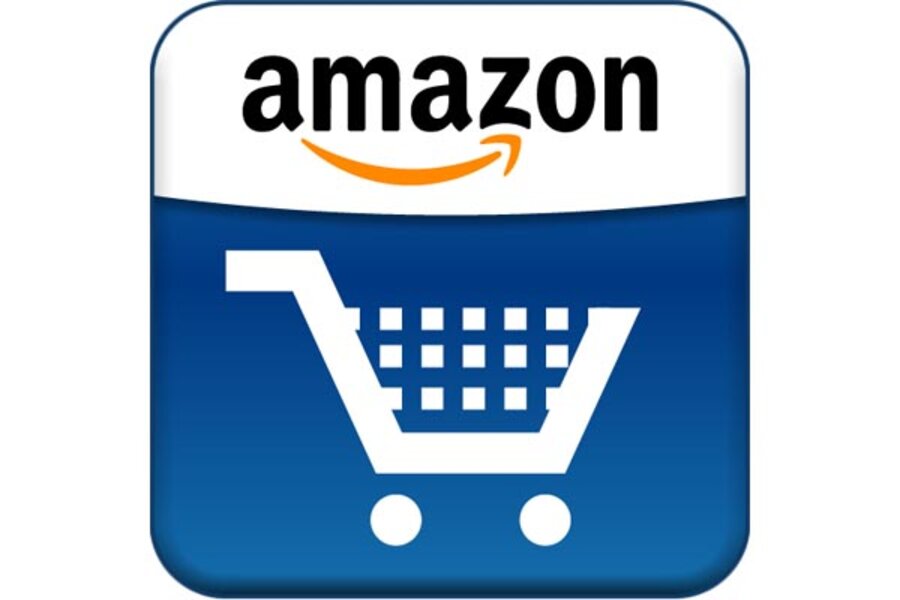A publishing mystery: Amazon 'buy' button disappears
Loading...
It’s another installment of Sherlock Holmes: Amazon Edition. In the latest mystery to stir suspicion in the book world, Amazon’s buy button disappeared on its US website for several hours Thursday night.
The buy button disappearance affected the Kindle e-book versions of a range of titles, perhaps all, by the big six publishers. No other publishers were affected by the mysterious disappearance. The buy buttons returned within a few hours.
“The Kindle Store is experiencing a technical issue,” Amazon said in a statement described as “laconic” by bookseller newsletter Shelf Awareness. “We’re working to correct it.”
Herein lies the mystery. Was it indeed a “technical” issue, as Amazon described it? Or, as many in the publishing industry believe, was it a deliberate action designed to threaten major publishers?
It turns out this isn’t the first time Amazon has experienced this particular technical issue. The most famous incident occurred in early 2010 when Amazon removed buy buttons for all Macmillan titles to protest the publisher’s adoption of the agency model for e-books which allowed Macmillan, rather than Amazon, to set e-book prices. During that particularly nasty books war, Amazon halted the sale of Macmillan titles on its Kindle store before ultimately backing down.
“I think everyone thought they were witnessing a knife fight,” Sloan Harris, codirector of the literary department at International Creative Management, told The New York Times. “And it looks like we’ve gone to the nukes.”
This time around things haven’t quite escalated to that level. Thursday night’s technical issue comes on the heels of a Justice Department settlement over e-book pricing in which three of the five publishers accused of conspiring to fix e-book prices agreed to pay consumers to settle the DOJ suit. The settlement was seen as a victory for Amazon, which was a target of the alleged price fixing scheme.
Perhaps more tellingly, the disappearance of the buy button also coincided with the announced merger of Random House and Penguin Group. That move would create the world’s largest publisher and provide a more united front against the growing power of retailers like Amazon.
The merger, wrote the Wall Street Journal, “will create a publishing giant that will have more heft at a time when the book business is being rocked by the rise of online retailers and e-books.”
In other words, Amazon isn’t happy about this merger. So was the buy button disappearance a warning to publishers linked to these recent developments in the industry or was it a bona fide technical issue?
We’ll probably never know, but you can bet industry observers have their hunches.







